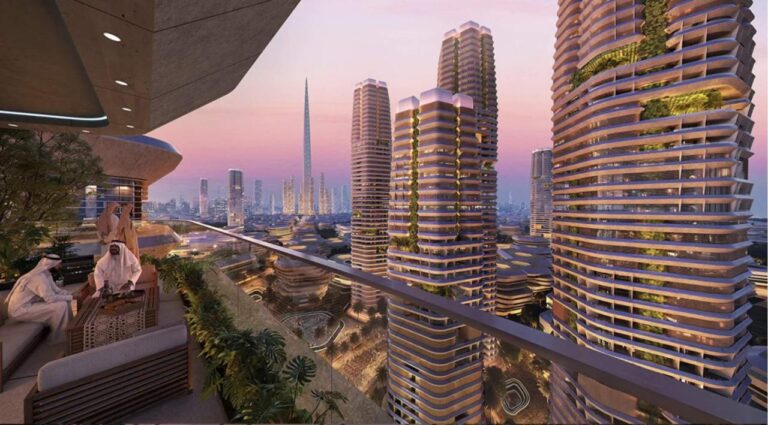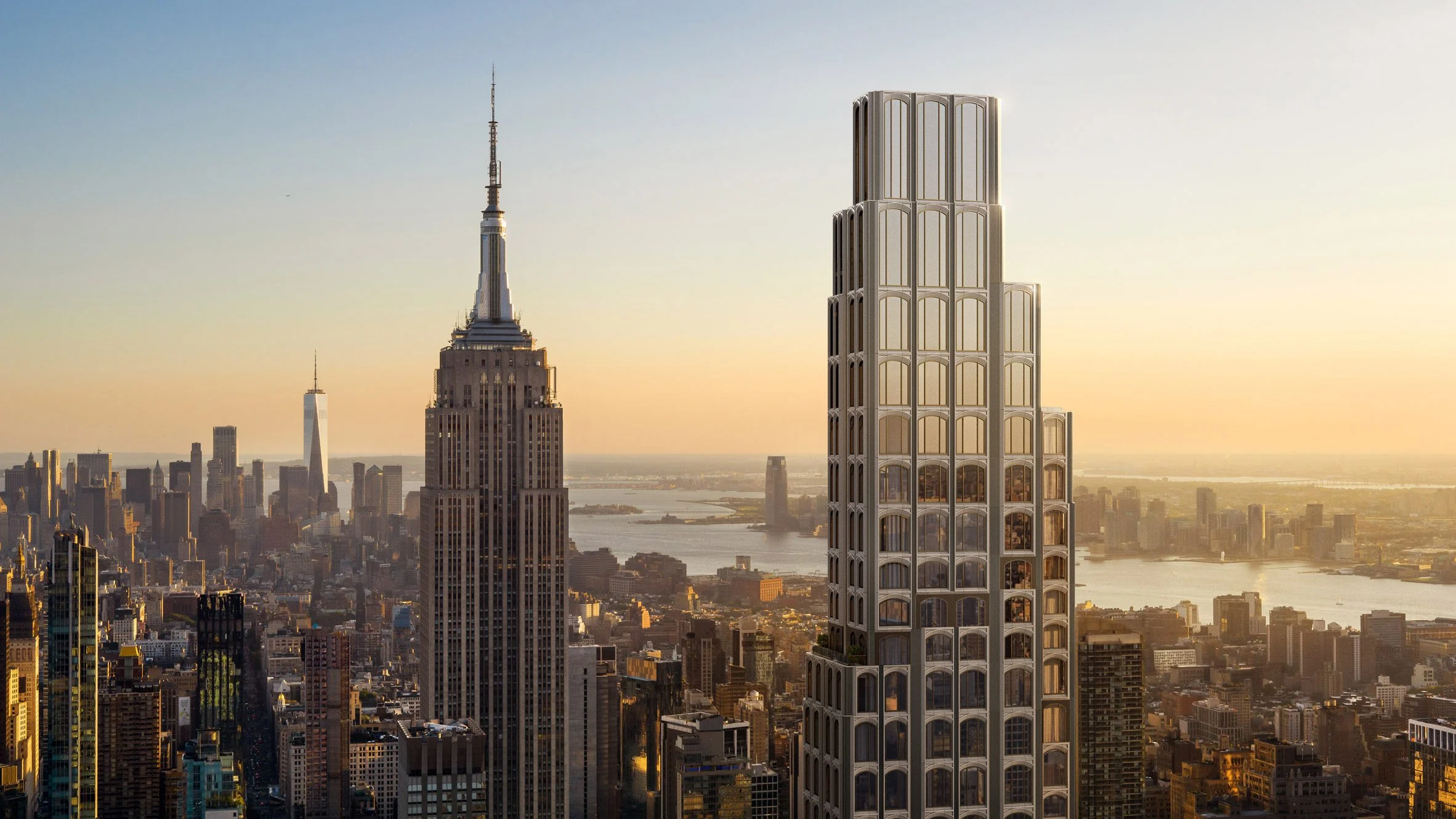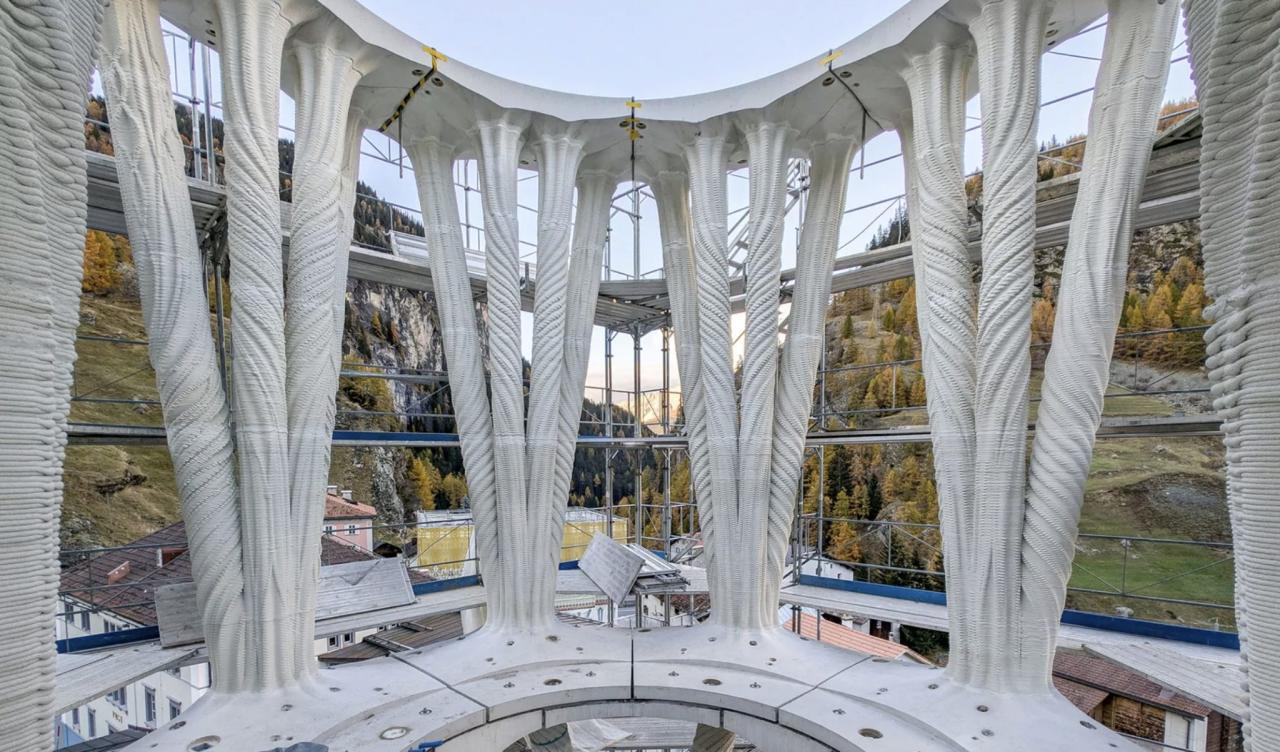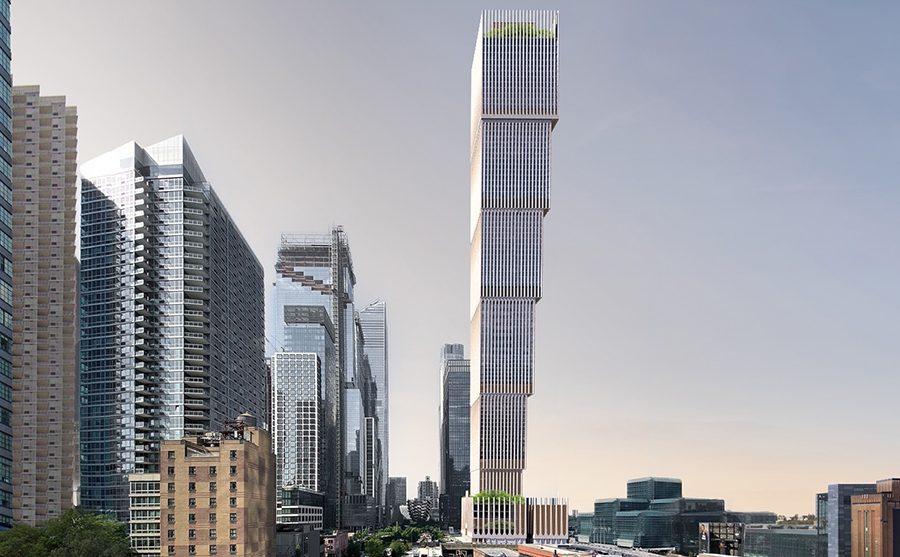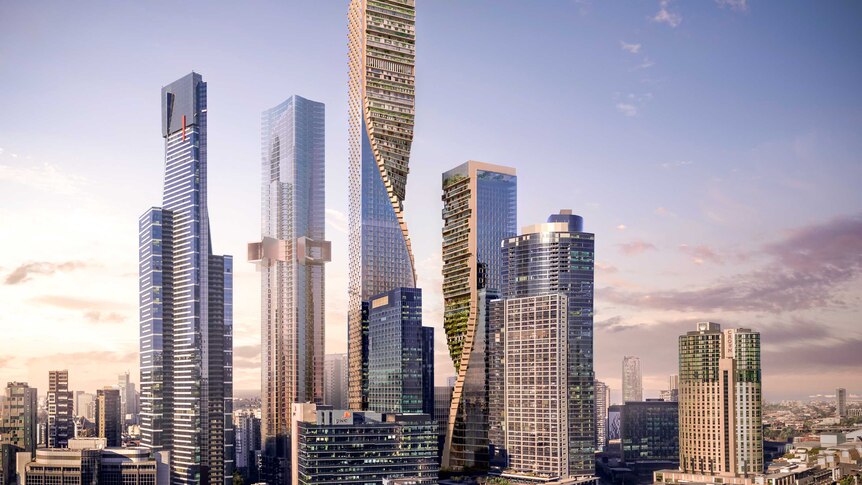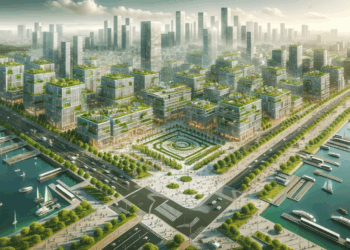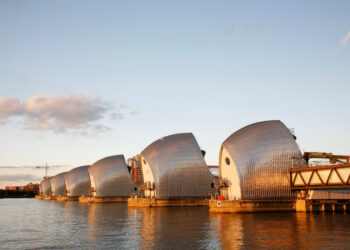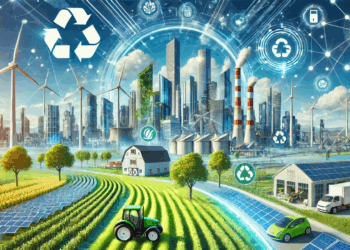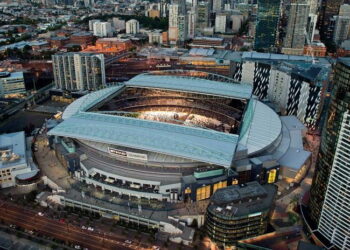Introduction: Defying Gravity Through Ingenuity
Skyscrapers embody humanity’s relentless pursuit of vertical ambition, transforming cityscapes into forests of steel and glass. From the Empire State Building’s Art Deco triumph to the Burj Khalifa’s record-shattering height, each generation of towers solves unprecedented engineering challenges. With urban populations exploding—68% will reside in cities by 2050—these structural titans must balance soaring aesthetics with earthquake resilience, wind resistance, and eco-conscious innovation. This deep dive explores the revolutionary breakthroughs enabling today’s megastructures, revealing how engineers conquer gravity while redefining urban living.
The Physics of Vertical Extremes: Core Challenges
Building beyond 500 meters introduces forces unseen in conventional structures:
-
Gravity’s Grip: A single floor in the Jeddah Tower weighs 12,000 tons—equivalent to 10,000 SUVs.
-
Wind Warfare: Lateral forces can sway top floors by 3 meters, causing occupant nausea or structural fatigue.
-
Seismic Threats: Earthquakes amplify stress 40x at height, risking catastrophic resonance.
-
Material Limitations: Concrete cracks under cyclic loading; steel buckles in extreme heat.
-
Human Logistics: Elevator efficiency drops exponentially beyond 80 stories.
Revolutionary Structural Systems
A. Tube-in-Tube Design
Nested frameworks for unparalleled stability:
-
How It Works: An outer exoskeleton (diagrid or framed tube) shares loads with an inner reinforced core.
-
Case Study: Willis Tower (Chicago) uses bundled tubes, allowing 110 stories with 25% less steel.
-
Impact: Reduces material costs by 18% while resisting hurricane-force winds.
B. Diagrid Networks
Geometric genius replacing vertical columns:
-
Mechanics: Interlocking steel triangles distribute stress evenly, eliminating internal columns.
-
Example: The Shard (London) achieves 72 stories with diamond-patterned diagrids, slashing weight by 1,400 tons.
-
Advantage: 30% faster construction due to prefabricated modules.
C. Buttressed Core Systems
Star-shaped reinforcement for record heights:
-
Innovation: Central concrete spine anchored by wing-like buttresses (Burj Khalifa’s Y-shape).
-
Physics: Disperses wind torque across multiple axes, preventing buckling.
-
Result: Enables buildings over 800m—unthinkable with traditional frames.
Conquering Environmental Forces
A. Wind Mitigation Technologies
Taming the invisible beast:
-
Tuned Mass Dampers (TMDs): Taipei 101’s 660-ton steel pendulum counters sway, reducing oscillation by 40%.
-
Aerodynamic Twisting: Shanghai Tower’s 120° spiral disrupts vortex shedding, cutting wind load by 24%.
-
Porous Floors: Jeddah Tower’s open mechanical levels act as “pressure escape valves.”
B. Seismic Invisibility Cloaks
Isolating towers from earth’s fury:
-
Base Isolation Systems: Rubber bearings or sliding plates decouple buildings from ground motion (Tokyo Skytree).
-
Hybrid Dampers: Torre Mayor (Mexico City) uses fluid-filled shock absorbers, surviving 8.1 magnitude quakes.
-
Shape Memory Alloys: Nitinol rebar bends during tremors then snaps back to original form.
Material Science Revolution
A. Ultra-High-Performance Concrete (UHPC)
The backbone of modern giants:
-
Strength: 3x more compressive strength than standard concrete; self-healing microcapsules repair cracks.
-
Application: One Vanderbilt (NYC) uses UHPC for slender profiles without sacrificing stability.
B. Carbon Fiber Reinforcement
Lighter, stronger, smarter:
-
Advantages: 75% lighter than steel, immune to corrosion, and 5x tensile strength.
-
Case Study: One World Trade Center’s spire uses carbon fiber to reduce top-weight during storms.
C. Photovoltaic Nanotech
Skin that generates power:
-
Technology: Transparent solar cells embedded in triple-glazed windows (Ping An Finance Center).
-
Output: Generates 1.1 million kWh annually—powering 300 homes.
Vertical Transportation Breakthroughs
A. MAGLEV Elevators
Frictionless sky travel:
-
Mechanics: Magnetic levitation propels cabins at 20.5 m/s (Shanghai Tower) using 40% less energy.
-
Innovation: Thyssenkrupp’s MULTI system enables horizontal and vertical movement via linear induction.
B. AI Traffic Optimization
Beating elevator gridlock:
-
Algorithm Magic: Predictive AI groups passengers by destination, cutting wait times to 8 seconds.
-
Real-World Impact: Burj Khalifa’s 57 elevators move 35,000 people daily with 99.8% uptime.
Sustainable Engineering Solutions
A. Integrated Wind Harvesting
Turning towers into power plants:
-
Bahrain World Trade Center: Three skybridge turbines generate 15% of its energy from desert winds.
-
Future Trend: Vortex-induced vibration (VIV) systems convert sway into electricity.
B. Closed-Loop Water Systems
Self-sustaining hydrology:
-
Shanghai Tower: Captures rainwater, treats greywater, and recycles 100% for irrigation/toilets.
-
Savings: 7 million liters annually—equivalent to 3 Olympic pools.
C. Bioreactive Facades
Living, breathing skins:
-
Algae Bio-Reactors: BIQ House (Hamburg) cultivates microalgae that capture CO₂ and produce biomass fuel.
-
Thermal Regulation: Double-skin facades cut HVAC energy use by 35% (Merdeka 118).
Digital Construction Revolution
A. Building Information Modeling (BIM)
Digital twins for flawless execution:
-
Process: 3D simulations detect structural conflicts before groundbreaking (saves 20% costs).
-
Iconic Use: The Shard’s entire construction was simulated to millimeter accuracy.
B. Robotic Fabrication
Precision beyond human hands:
-
Automated Welding: Drones perform high-rise welding with 0.01mm tolerance (Jeddah Tower).
-
3D-Printed Components: China’s WinSun prints entire structural modules in 24 hours.
Case Studies: Engineering Icons Decoded
A. Burj Khalifa (Dubai, UAE)
-
Challenge: Building on unstable desert sand.
-
Innovations:
-
192 piles sunk 50m into bedrock.
-
“Y”-shaped buttressed core dispersing wind loads.
-
Reflective cladding deflecting 50°C heat.
-
-
Record: World’s tallest structure (828m) using half the steel per m² of the Empire State Building.
B. Shanghai Tower (China)
-
Challenge: Typhoons + earthquakes in a dense urban zone.
-
Innovations:
-
120° twist disrupting wind vortices.
-
270 vertical-axis turbines in parapet.
-
World’s first double-layer glass curtain wall.
-
-
Sustainability: LEED Platinum certification via 34% energy reduction.
C. One World Trade Center (USA)
-
Challenge: Security without fortress aesthetics.
-
Innovations:
-
Blast-resistant prismatic glass with Kevlar mesh.
-
3m-thick concrete core rated for 24-hour fires.
-
Base isolation for potential attacks.
-
-
Resilience: Withstands 2,500 mph winds—strongest ever engineered.
Future Frontiers: 2050 Megatall Visions
-
4D-Printed Skyscrapers: Self-assembling materials adapting to weather.
-
Floating Foundations: Pneumatic caissons enabling construction on water.
-
Carbon-Negative Timber: Oakwood Tower (London) using cross-laminated timber.
-
Neural Network Integration: AI predicting structural fatigue before human detection.
Conclusion: The Sky Is Not the Limit
Skyscraper engineering has evolved from defying gravity to harmonizing with it. Each innovation—from seismic invisibility cloaks to algae-powered facades—proves that humanity’s vertical aspirations can coexist with planetary stewardship. As we approach the 1km mark, these structural titans stand as testaments to a simple truth: when science and imagination unite, we build not just towers, but legacies.
Tags: Skyscraper Engineering, Structural Innovation, Sustainable Architecture, Seismic Design, Wind Resistance, Vertical Transportation, Smart Materials, Urban Construction, High-Rise Technology, Building Science

